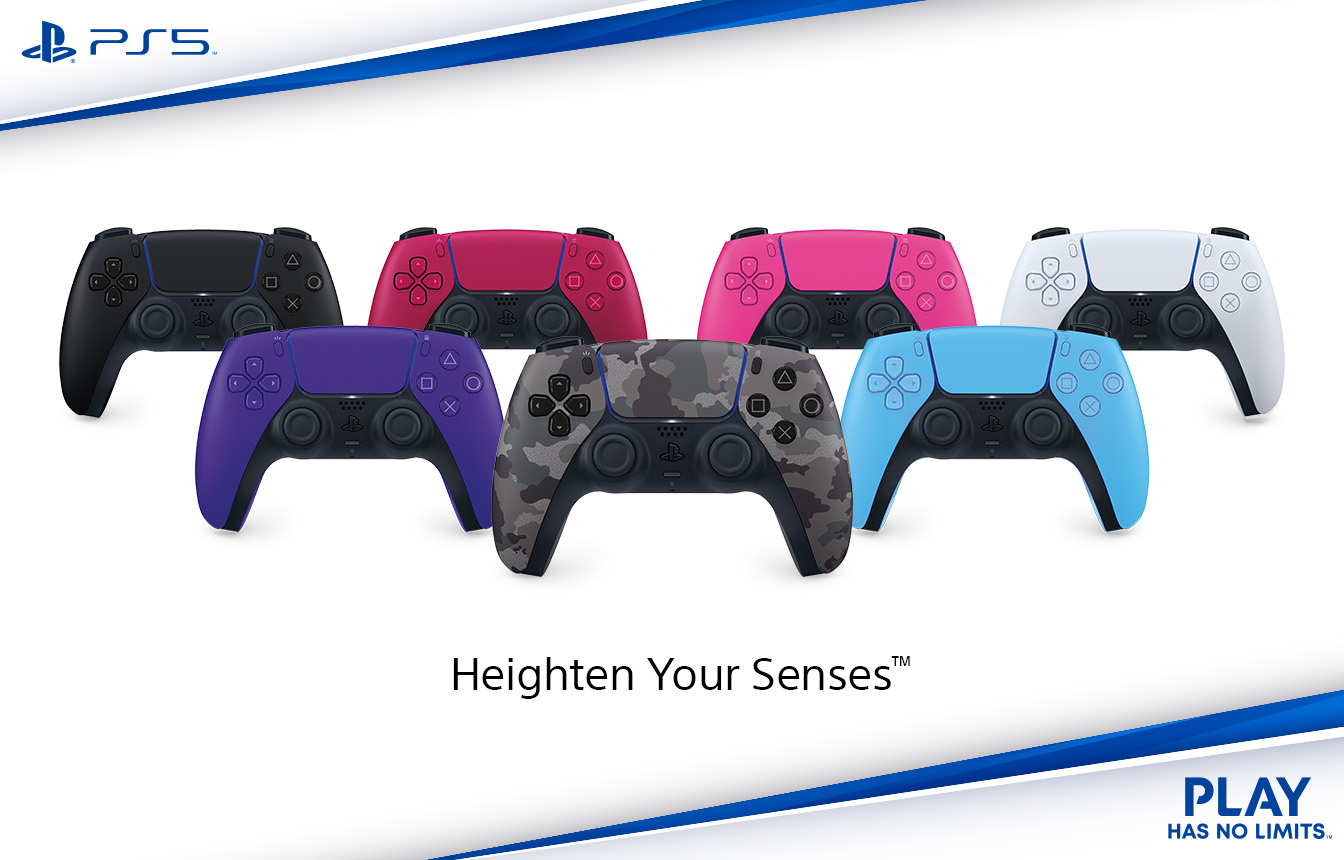Metroid is a complicated series. It’s never been Nintendo’s saving grace or money maker, instead living under and completely overshadowed by franchises within its own family, such as Mario and The Legend of Zelda. However, Metroid’s managed to stick around just as long as the popular kids, bringing new games that expand the story of Samus Aran and her constant battle with alien viral outbreaks every few years.
While Nintendo’s latest revisiting to Samus’ story, Metroid: Samus Returns, has been touted as a fun remake of 1991’s Metroid II: Return of Samus, in actuality its much more than a simple redo for the Nintendo 3DS. New abilities, varied combat mechanics, and a modern art style just scratch the surface of what the game represents. Samus Returns is an extremely well executed modern take on the franchise’s roots, while also acting as a beacon of hope that Nintendo, and its fans, will give more credit to what the series can be when given proper attention.
After the dunderheaded attempts at a new take on the series with Metroid: Other M and Metroid Prime: Federation Force, Samus Returns is immediately a welcomed decision. Using the same 2D platforming seen in the original Metroid II, the latest entry steps into the modern age with 3D backgrounds surrounding Samus that give the game a more cinematic feel. Visually it looks and feels fresh, but what becomes abundantly clear early on is that Nintendo has cleverly branded this game as a remake, when it truly is an entity all its own. The same elements that made Metroid a standout are present here, but the additional features that make it modern and a fresh reimagining are what set it apart from the series and set it up as a fantastic game for both new players and long-time fans of the franchise.
The core of the new features has to be the melee counterattack, which allows Samus to deal an uppercut with her gun arm and inflict critical damage to enemies. The new attack is present thanks to co-developer MercurySteam, as their handheld Castlevania entry, Castlevania: Lords of Shadow – Mirror of Fate, implemented a similar feature. Not only does the attack bring a brand new move not seen before in the Metroid series, but it introduces the concept of alternative combat styles. Previously, Samus was able to run and gun using upgraded beam shots, missiles, bombs, and many more projectiles to defeat her foes. While this setup has worked extremely well for the series so far, it kept the player focused on long-range attacking, while dodging when close to enemy attacks. The melee attack acts as more than just a swipe for extra damage, but can change the flow of gameplay. Creatures will charge at Samus, giving the player two options in the encounter, either jump or roll under the enemy to unleash a barrage of bullets on them after, or counterattack with the melee swipe and then unleash bullets. Both options take precision and expert timing to pull off, but this simple addition instantly gives positive weight to the overall gameplay style.
The great news is the melee attack isn’t required to use, so players that just want to focus on the blaster power of their arm cannon can still perfect their dodging and shooting abilities instead. Along with the melee addition comes another brilliant mechanic: full-range aiming. At its core, Samus Returns has managed to maintain what made the franchise’s shooting addicting, as players can feel the power of the arm cannon as it grows from a menial blaster to a three-tiered wave shot. However, there’s new reason to blast away with the ability to shoot from any angle. Gone are the days of limited directional shooting, as Samus can freely aim her arm to any desired degree, providing varied ways of approaching every situation. We’ve always known Samus is the greatest bounty hunter in space, but she actually feels like it now when holding her ground and taking out enemies from all angles. Even the smallest detail of Samus visually pivoting to put her back to the player or slightly leaning to aim at a certain angle adds an epic feel to every fight.
Of course, the aiming and melee mechanics are just the foundations to combat. Much like Super Metroid and Metroid Fusion, throughout the adventure Samus will pick up upgrades for her arm cannon and suit, allowing variety to alien encounters and exploration. Apart from the standard super missiles and charge beam upgrades seen often in the series, the brand new Aeion abilities provide addicting and fresh modes of advancement. Scan Pulse is the most useful, allowing Samus to scan a small area for breakable walls, while the Hyper Charge attack comes in extremely handy when taking on enemies that normally require several shots to take down. The best is that much like the melee attack, they aren’t required to use. And considering how strong they could be, they only can be used for a short amount of time before recharging the Aeion meter. The game could’ve easily implemented these abilities as hand-holding mechanics to make an easier journey, but instead it takes the right approach by offering them as consumable tools that should be used sparingly.
The attention to detail found in the battle mechanics was thankfully also carried over to the exploration. The entire map for Samus Returns is massive, providing a lengthy gameplay experience that harkens to what we now know as the Metroidvania style, where returning to every corner of the map with new upgrades can unveil hidden areas. The fast travel locations help with moving around to check back in old areas, while the elevators always mean a new area is just below the surface. With such a massive map, these two visual markers are vital for uncovering as much content as possible. I constantly found myself spending more time exploring than I normally would in a platformer because of how easy it was to remember what points of interest I hadn’t searched thoroughly, and the game didn’t have to provide an annoying notification reminder, it’s just inherently stated in the game’s design.
If there’s one thing that feels out of place and underdeveloped it’s the boss encounters. While Samus Returns is a remake of Metroid II, which had Samus continually fighting the same few types of Metroids as bosses over and over, there are new details added this time around that set it apart—just not enough. In a game filled with fresh ideas and reworks of old styles, the more powerful enemy encounters lack the same sense of development seen in every other aspect of Samus Returns. It can be monotonous at times encountering the same Metroid one after the next, with only a few unique bosses sprinkled in to change up the fights. It doesn’t ruin the game, in fact, it just feels more underdeveloped than terrible. For example, a certain number of powerful Metroids are required to kill in the game, and as Samus grows, they do as well. This is a wonderful choice because it helps the player see how their strength can eventually be matched in upgrades on the antagonists side, giving more credit to those that learn to survive on skill over power. But then this gets dropped when randomly encountering a Metroid toward the end of the game that has the same power of the lowest level alien. It feels like murder with how easy it is, when the developers could have kept that need for skill just as high throughout the entire game and not just occasionally.
While the lack of boss variation could easily destroy a game, the remaining components found in Samus Returns not only creates one of the best entries in the franchise, but it acts as a spotlight on the power of the series. Nintendo’s magic always comes down to the details, whether repping a whimsical new Mario game or getting warriors geared up for battle in Fire Emblem. While the company’s library of original material tends to harken to the colorfully larger-than-life aesthetic of storytelling, there’s always been something grounded about Samus Aran’s journeys in the Metroid series. Even as dark as Link’s adventures can get in entries like Majora’s Mask, a majority of Metroid’s titles take the cake for the most hard-hitting Nintendo-branded games.
There’s no need for a flashy presentation when it comes to Samus Returnsbecause the gameplay speaks for itself. Yes, it contains the beautiful visual detail of a Nintendo title, but, more importantly, its precision and skill-based game design found in today’s best titles received the most attention. Acting as more than just fan-service, or maybe an apology for Other M, this game is a reminder that 2D platforms still work when given diverse combat style, and surprisingly, a hopeful hint to Nintendo that Metroid might be their ticket to pulling in a whole new generation of players.
|
★★★★☆
While Metroid: Samus Returns is technically a remake of a 90’s GameBoy game, it’s truly a rallying cry for Metroid fans to gather and enjoy how fantastic Samus’ journeys can be. Despite a few hiccups, the fresh combat mechanics, addicting exploration, and wonderful cinematic tone make this one of the best Metroid games ever made. |
Developer Nintendo EPD, MercurySteam Publisher Nintendo ESRB E - Everyone Release Date 09.15.17 |
| Metroid: Samus Returns is available on Nintendo 3DS. Primary version played was for 3DS. Product was provided by Nintendo for the benefit of this coverage. EGM reviews on a scale of one to five stars. | |





